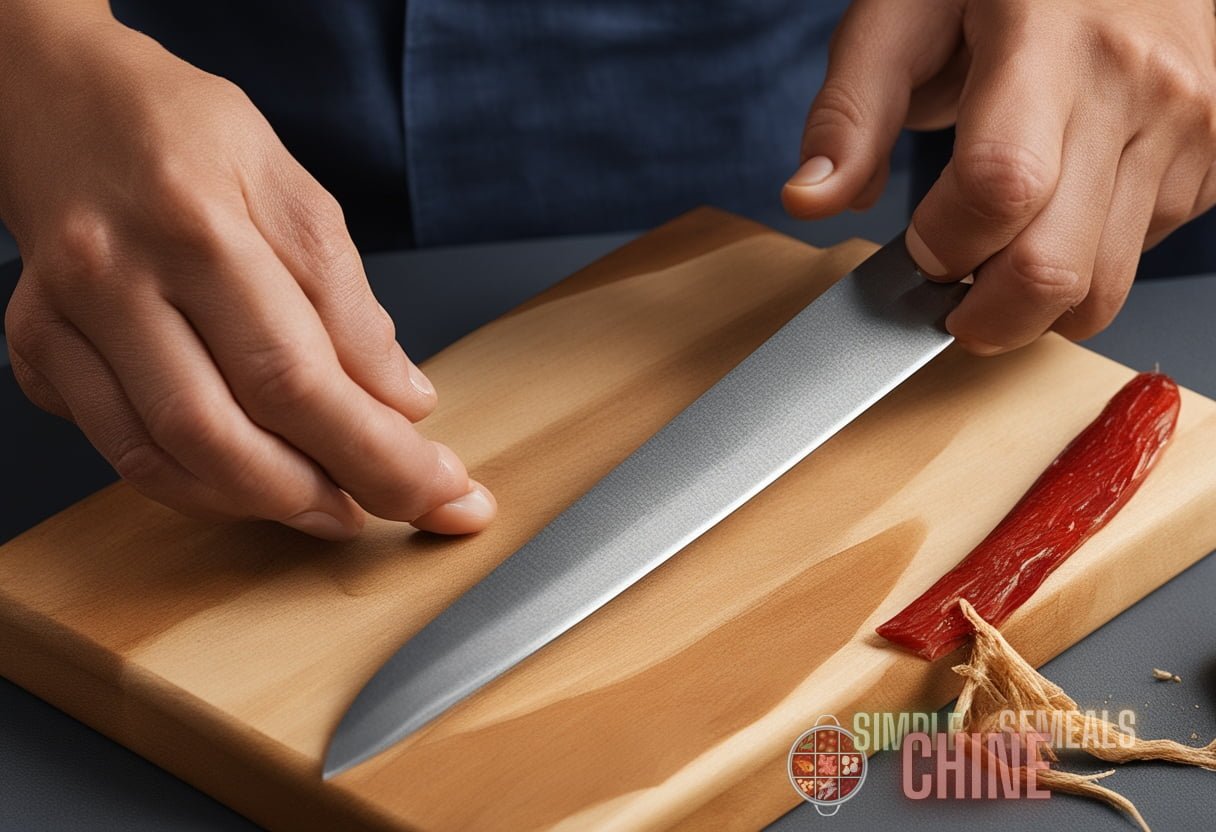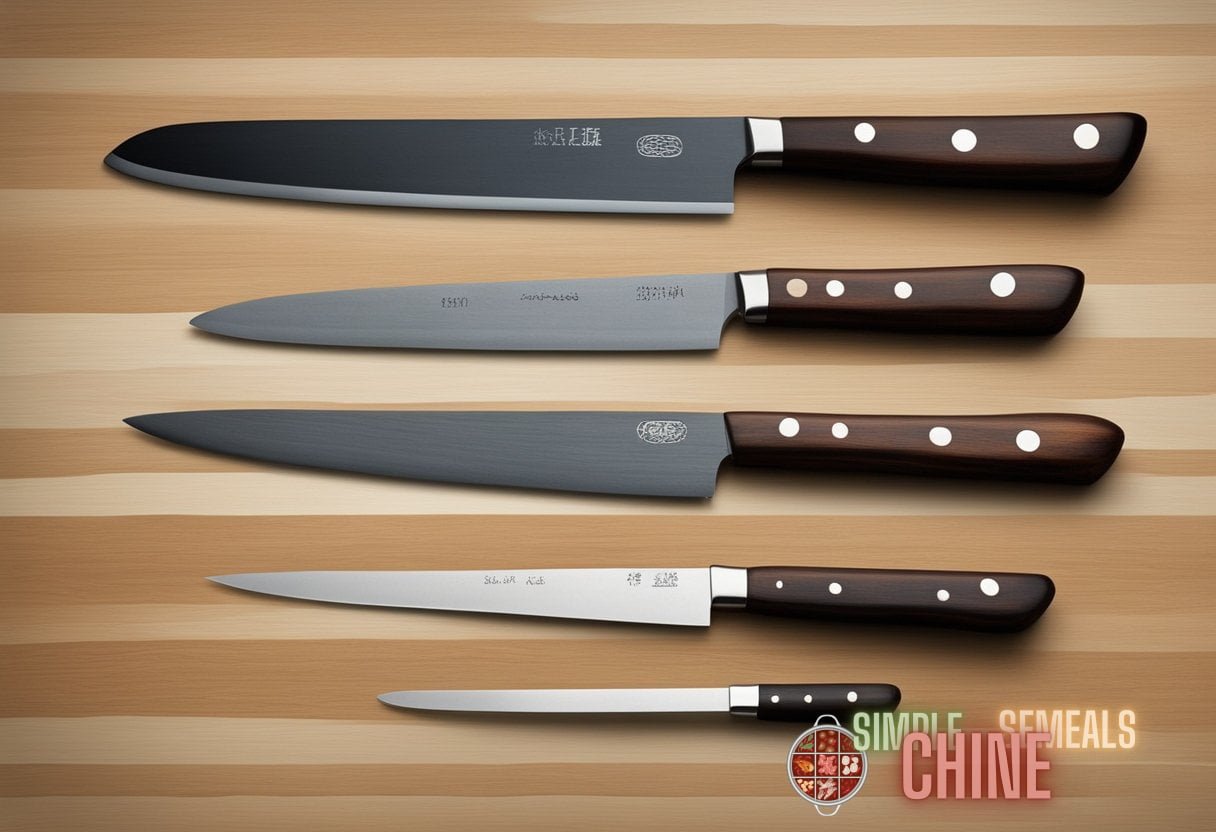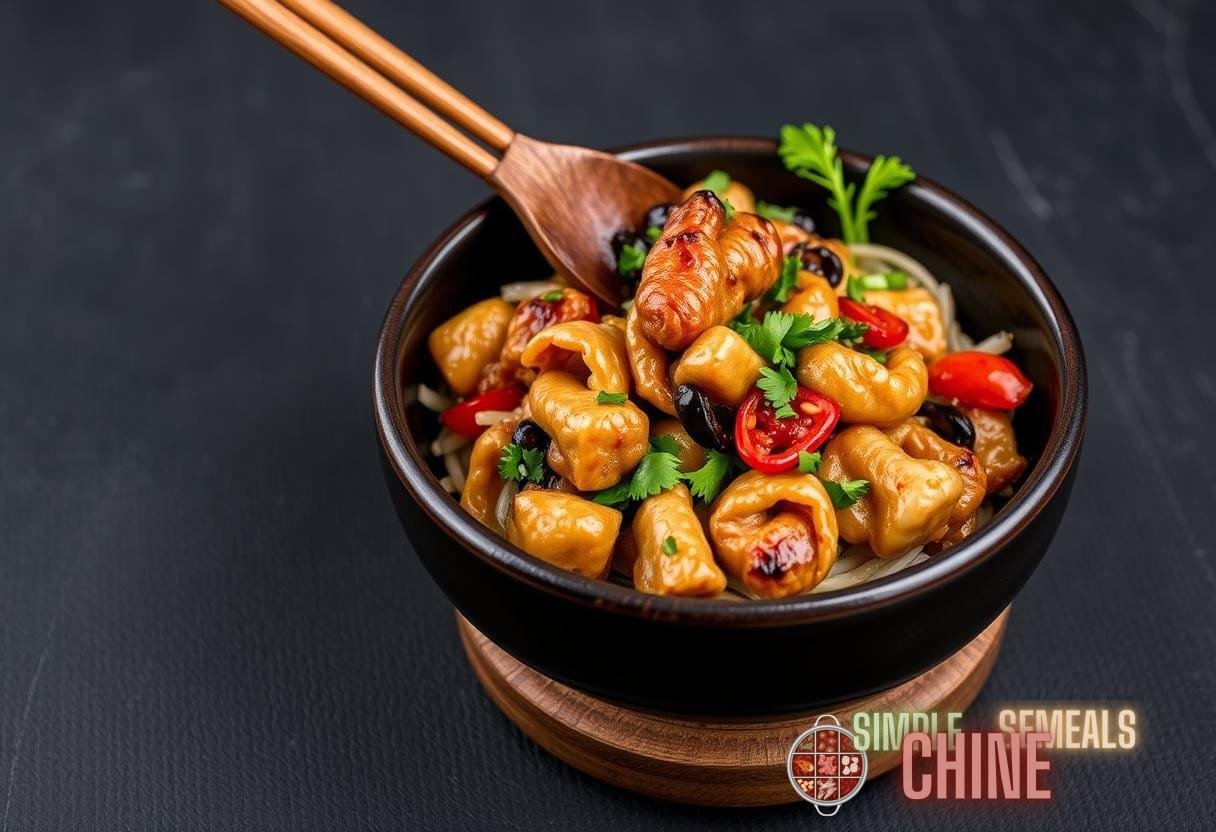The Art and Science of Chinese Knife Techniques: Elevating Your Culinary Precision
Chinese cuisine is renowned for its versatile flavors, vibrant colors, and unique textures. However, to achieve authentic Chinese dishes with precision, mastering the art and science of Chinese knife techniques is essential. This guide will take you through the critical aspects of these techniques, their historical significance, and practical steps to incorporate them into your cooking skills to elevate your culinary precision.
History and Significance of Chinese Knife Techniques
Chinese knife techniques have evolved over centuries, deeply ingrained in the culture and culinary traditions of China. The use of a single versatile knife, the Chinese cleaver, or Caidao, reflects a minimalist yet highly efficient approach to food preparation. This knife embodies the principles of balance, speed, and precision.
The Role of Knives in Chinese Cuisine
The Chinese cleaver is more than just a cutting tool; it’s a multipurpose instrument used for slicing, dicing, chopping, mincing, and even crushing and tenderizing ingredients. The mastery of the cleaver is fundamental to the Chinese culinary philosophy, where each cut influences the texture and flavor absorption of the ingredients.
To delve deeper into the mastery of Chinese cooking techniques, you can explore
Understanding the various Chinese knife techniques is crucial for achieving the desired outcome in Chinese cooking. Here are some essential techniques: Slicing, or Pian, involves cutting ingredients into uniform, thin pieces. This technique is particularly important for vegetables and meats, ensuring even cooking and enhanced flavor absorption. To master slicing: Dicing, or Kua, involves cutting ingredients into small, even cubes. This technique is essential for stir-fries and dishes requiring quick, even cooking. For precise dicing: Mincing, or Jiao, involves chopping ingredients into very fine pieces, often used for garlic, ginger, and herbs. To mince effectively: Chopping, or Zha, involves cutting ingredients into larger, rough pieces. This technique is less about precision and more about preparing ingredients for further processing or cooking. To chop efficiently: The science of cutting involves understanding the structure of the ingredients and the impact of your cuts on texture, flavor release, and cooking times. Precision cutting ensures: Different cutting techniques alter the texture and mouthfeel of the ingredients. For example, julienned vegetables have a crisp, delicate texture, suitable for salads and stir-fries. In contrast, finely minced herbs release more aromatic oils, intensifying the dish’s flavor. Cutting methods also influence the chemical reactions during cooking. For instance, smaller pieces of garlic release more allicin, the compound responsible for its pungent aroma and flavor. Similarly, finely chopped ginger exposes more surface area, enhancing its fragrance and spiciness in the dish. While the Chinese cleaver is iconic, there are different types of cleavers tailored for specific tasks: The Caidao is the most versatile and commonly used cleaver, suitable for slicing, dicing, and mincing. Its broad blade also makes it ideal for scooping and transferring ingredients. Smaller and lighter than the Caidao, the Daozi is designed for precise vegetable cutting and delicate tasks. Its thin blade allows for intricate work without crushing the vegetables. Heavier and sturdier, the Roudao is used for hacking through bones and tough meat. Its weight and thick blade ensure efficient cutting power, making it essential for butchery tasks. Proper maintenance of your knife ensures longevity and optimal performance: Regular sharpening is crucial for maintaining the knife’s edge. Use a whetstone for the best results: Honing realigns the blade’s edge and should be done before each use: Proper cleaning and storage prevent damage and ensure hygiene: For an extensive discussion on maintaining the tools of the trade, you can refer to
Proper hand techniques are as crucial as knife skills for safety and efficiency: The claw grip involves curling your fingers under with your knuckles facing the knife. This grip protects your fingers from accidental cuts while providing stability and control during cutting. The pinch grip involves pinching the blade between your thumb and index finger while the remaining fingers wrap around the handle. This grip offers
better control and precision, reducing fatigue during prolonged cutting tasks. Maintaining a smooth, even motion minimizes the risk of slipping and ensures consistent cuts: Begin with basic cuts like slicing and dicing to build confidence and muscle memory. Practice on vegetables like carrots, onions, and bell peppers to refine your technique. Once comfortable with basic cuts, progress to more intricate techniques like julienning and chiffonade. These require more precision and control, enhancing your skills further. Consistent practice is key to mastering Chinese knife techniques. Dedicate time to practice regularly, experimenting with different ingredients and dishes to hone your skills. Once you’ve mastered the fundamental knife techniques, you can apply them to various Chinese dishes: Stir-fries require precise slicing and dicing to ensure even cooking and flavor distribution. Master these techniques to create quick, delicious stir-fries with vibrant colors and textures. Dim sum involves intricate knife work for tasks like finely mincing fillings and creating delicate wrappers. Precision cutting ensures uniformity and enhances the overall presentation. Soups and broths benefit from uniform ingredient sizes for consistent flavors and textures. Use your knife skills to prepare vegetables and meats that cook evenly, enhancing the final dish’s quality. Mastering the art and science of Chinese knife techniques is a journey that elevates your culinary precision and deepens your appreciation for Chinese cuisine. By understanding the historical significance, practicing essential techniques, and maintaining your tools, you can enhance your cooking skills and create authentic, delicious Chinese dishes with confidence. For further reading on mastering Chinese culinary techniques, check out this comprehensive guide. If you’re interested in exploring Chinese marinades to complement your cutting skills, you can refer to this detailed article.Essential Chinese Knife Techniques
Slicing
Dicing
Mincing
Chopping
The Science Behind Precision Cutting
Texture and Consistency
Chemical Reactions
Tools of the Trade: Choosing the Right Knife
Chinese Chef’s Knife
Bread and Vegetable Cleaver
Meat Cleaver
Maintenance and Care of Your Knife

Sharpening
Honing
Cleaning and Storage
Mastering Hand Techniques for Safety and Efficiency
The Claw Grip
The Pinch Grip
Smooth, Even Motion
Practice Makes Perfect: Building Your Skills
Start with Simple Cuts
Progress to More Complex Techniques
Consistent Practice
Applying Your Skills in Chinese Cooking
Stir-Fries
Dim Sum
Soups and Broths
Conclusion



